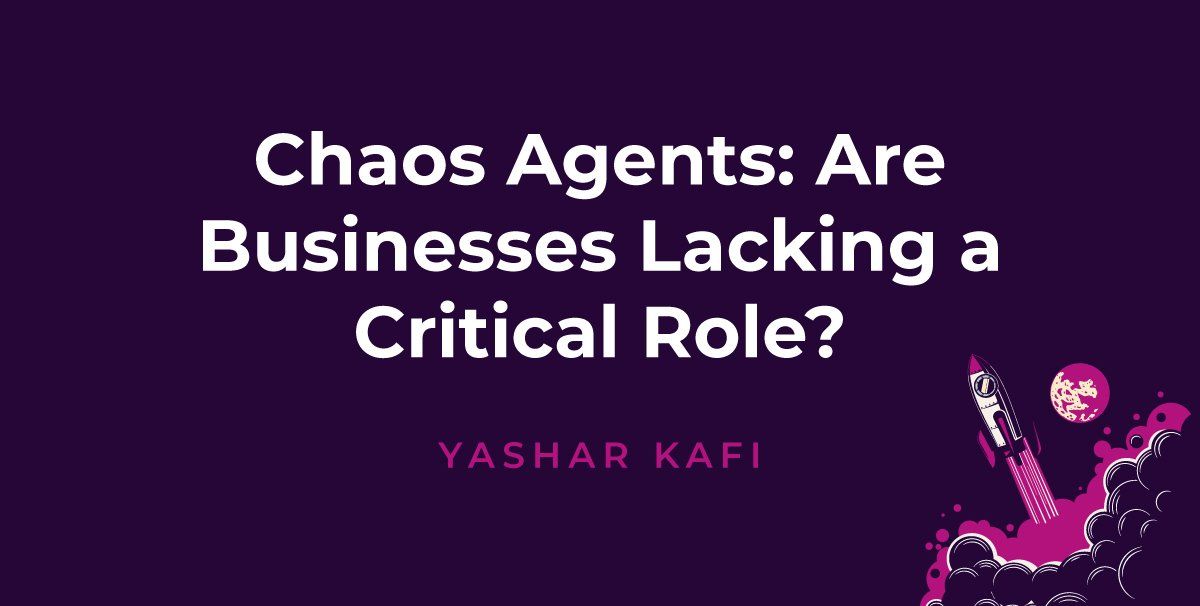Chaos Agents: Are Businesses Lacking a Critical Role?
In a previous article, I talked about hackers. Specifically, I asked whether they were a necessity or a nuisance. To summarize, I answered that there are both “good” and “bad” hackers. There are terms categorizing them: white hat hackers (good), black hat hackers (bad), and gray hat hackers (middle-of-the-roaders).
I wanted to continue with that theme of things not necessarily being clear-cut and pose a thought-provoking question to get the discussion going. Are good hackers chaos agents, or are the bad hackers the chaos agents? Or, are they both chaos agents, and we need both of them in the world?
Wait, What’s a Chaos Agent?
I was watching my daughter play the game Fortnite one day, and it has an interesting “Chaos Agent” component. So as she was playing the game, I was wondering, “What is a chaos agent?”
My daughter schooled me on the subject, and apparently, it’s a special outfit (like a stealth skin suit) you can buy inside of Fortnite. Once she showed me what it was, I thought, “Holy crap!” This was because it brought home how we think about chaos agents on a broader scale.
If you look at it from the outside, you and I might think of a chaos agent as a person who causes chaos or mischief within a group, just for kicks. But in the business world, a chaos agent could be the antithesis of a change agent.
Allow me to explain. Whether inside or outside of an organization, a change agent focuses on things like development, improvement, and organizational efficiency. While change agents take a set of defined tasks and alter whatever the initial state to the end state is, a chaos agent looks at a process, a person, a technology, a business system—not just for fun or to try to cause disruption. They are genuinely curious about what would happen if Joe Public got hit by a bus, and we didn’t have an accountant anymore.
In my mind, the chaos agents are the ones weighing the risks and ramifications of (inevitable) disruption. They’re the ones asking: What’s our fallback plan? Is there a plan B? What happens Commented [MB1]: If the hackers article is published, link to it here. if we run out of money next month? What happens if COVID-19 shuts down all the offices worldwide—how will we get our products from the U.S. to China?
Chaos agents might be a different form of change agents. But in drastic scenarios—such as 9/11, the financial crisis, a hurricane, COVID-19—it would be the chaos agents who need to be three steps ahead of everybody else so they can infer to the change agents what needs to be done each day. This way, if a catastrophe happens tomorrow, everyone isn’t in big trouble.
So Where Are All the Chaos Agents?
While some may think this role bears a resemblance to a COO, I’d disagree, as a COO is very prescribed and tactical, following a specific and measured operating pattern. They are just trying to keep the lights on and make sure the business keeps running
Even though there may not be any official chaos agents, I wouldn’t be surprised if this role exists, although under a different title. This is the person an insurance company would benefit from hiring (maybe they already do). We need new, alternative (or complementary) COOs. Let’s call them CCOs: chief chaos officers.




